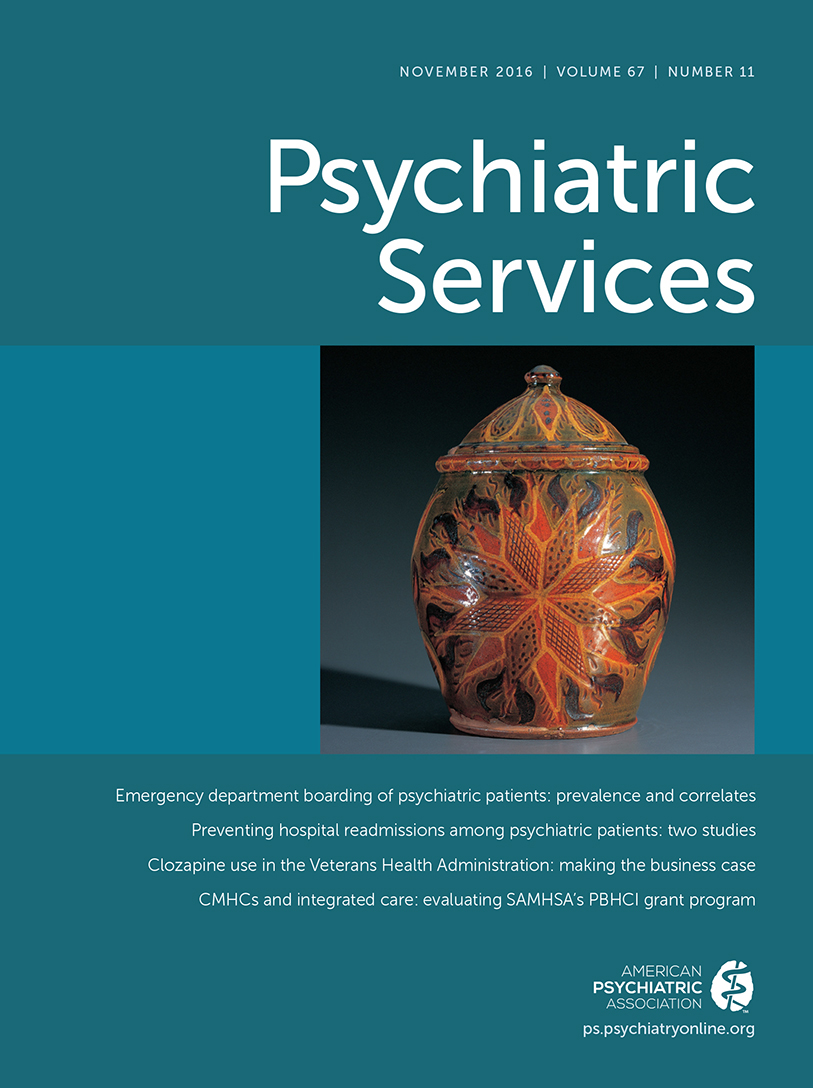Correlates of Emergency Department Use by Individuals With Bipolar Disorder Enrolled in a Collaborative Care Implementation Study
Abstract
Objective:
The study assessed correlates of emergency department use among participants in a collaborative care program for bipolar disorder.
Methods:
Community-based clinics from two states implemented Life Goals–Collaborative Care (LG-CC), an evidence-based model that includes self-management sessions and care management contacts. Logistic regression determined participant factors associated with emergency department use between six and 12 months after LG-CC implementation.
Results:
Of 219 participants with baseline and 12-month data, 24% reported at least one emergency department visit. Participants with a recent homelessness history (odds ratio [OR]=3.76, p=.01) or five or more care management contacts (OR=2.62, p=.05) had a higher probability of visiting an emergency department, after the analyses were adjusted for demographic and clinical factors, including physical health score and hospitalization history.
Conclusions:
Participants in a collaborative care program who had a history of homelessness were more likely to use the emergency department, suggesting a greater need for more intensive care coordination.



